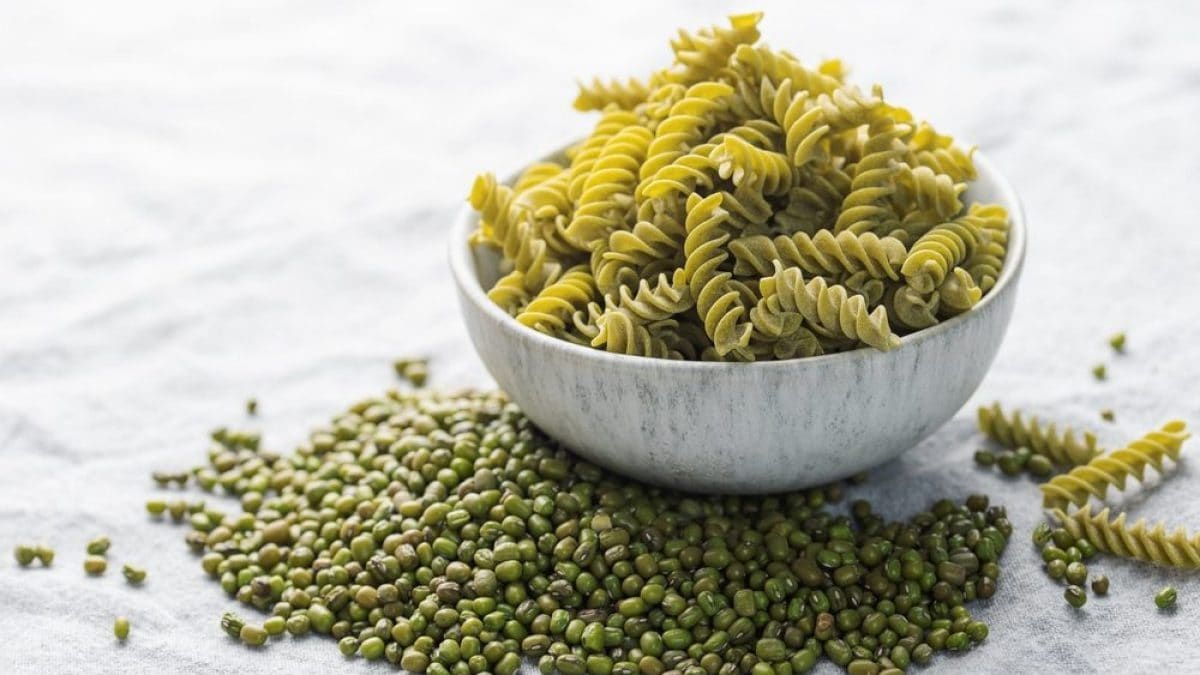
Legumes have always been an integral part of the human diet: not only are they extremely versatile, but they're also cheaper than other protein sources like meat and fish, and their nutritional profile makes them true superfoods, incredibly beneficial for your body. This is precisely why nutrition experts recommend eating legumes at least two to three times a week, and they're also being widely discussed these days as the "food of the future" because their production is highly sustainable.
But not everyone likes legumes: some simply can't stand their taste and texture, or they're reluctant to eat them because they're tired of eating them as a side dish or in the same old soups. If you fall into this category, we have the solution for you— seven different solutions, in fact—to avoid giving up their nutritional benefits, eating them without even realizing they're legumes.
1. Use Legume Flour
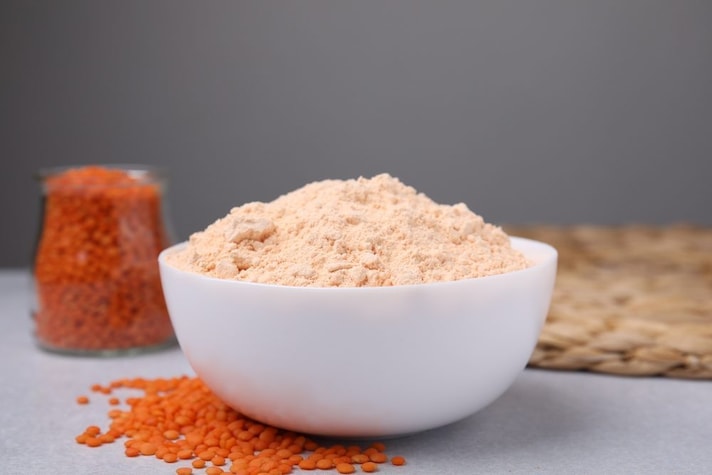
Legume flour, once the preserve of peasant cuisine, is now a much-loved and widespread product, easily found on supermarket shelves. Using legume flour is a great way to introduce these foods into your daily diet because it is highly versatile and very filling. It comes in practically every legume, and each has its own particular use: for example, chickpea flour can be used to make the legendary farinata, but it's also excellent for pizza dough; lentil flour is ideal for pasta and homemade bread; pea flour lends itself to preparations like crepes; and soy and lupin flours, both high in protein, are also perfect in sweet preparations like cakes and pancakes.
2. Try Legume Pasta
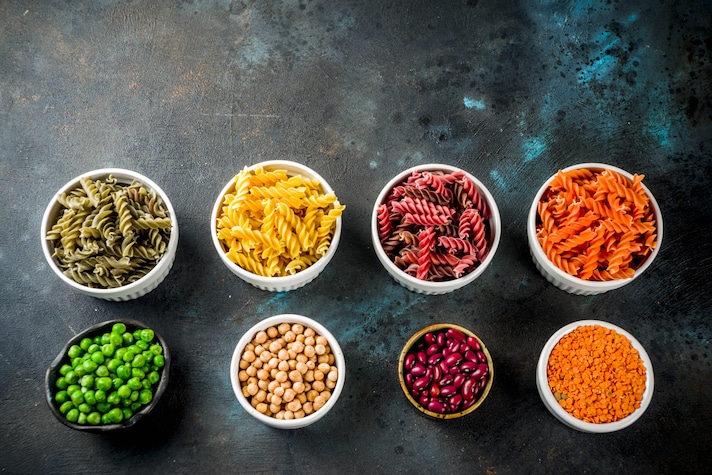
Legume pasta is a delicious way to introduce legumes into your diet, especially if you don't like them much or are tired of always eating them in the same salad. It's usually made with lentil, bean, or chickpea flour and is also excellent nutritionally because, compared to traditional grain pasta, it has a lower glycemic index and offers a higher content of plant-based proteins, which contribute to muscle health. It's also great for dieters because it expands when cooked, making you feel like you're eating more. Sure, the flavor is very different from traditional pasta, but it's still a great way to ensure you get your weekly legume intake in a more delicious way. You can serve it with any sauce, but be careful when cooking: legume pasta overcooks quickly, so check it often to find the perfect time to drain it.
3. Transform Legumes Into "Meat"

Once upon a time, meat substitutes made from legumes were reserved only for vegetarians and vegans. Today, however, this type of diet is much more widespread, and it's easy to find legume-based burgers, meatballs, and cutlets on restaurants, pubs, and fast food menus as well as on grocery store shelves. You can easily prepare your own legume-based "meat" at home, and there are countless recipes available for cooking it in new ways, making legumes decidedly more delicious. Some examples? A delicious lentil ragù, chickpea meatballs, and pea burgers.
4. Make a Hummus
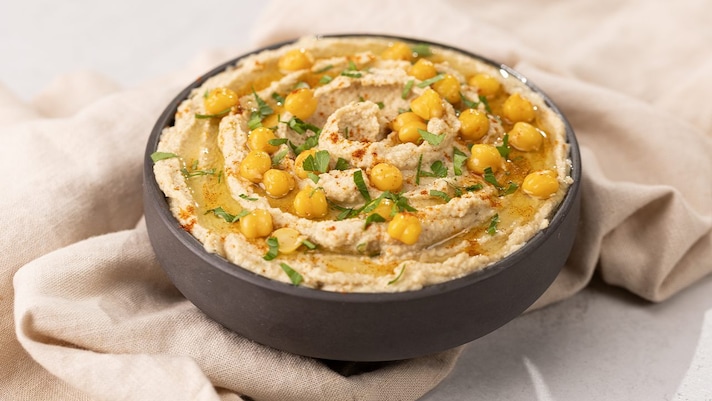
Hummus is a typical Middle Eastern sauce, used to accompany various dishes but also as a dip for various other foods. The traditional sauce includes chickpeas, tahini (sesame seed sauce), and garlic , to which are added coriander and lemon juice. The mixture is blended with extra virgin olive oil, adjusted to achieve a more or less runny consistency. If you've ever tasted hummus, you know that the last flavor you notice among all these spices is that of chickpeas, which is why this preparation is ideal for introducing legumes into your diet, but in a more delicious way, hidden behind other flavors. And that's not all: if you don't like chickpeas, you can make hummus in many alternative versions, for example with fava beans, kidney beans, peas, lentils, and edamame.
5. "Hide" The Legumes
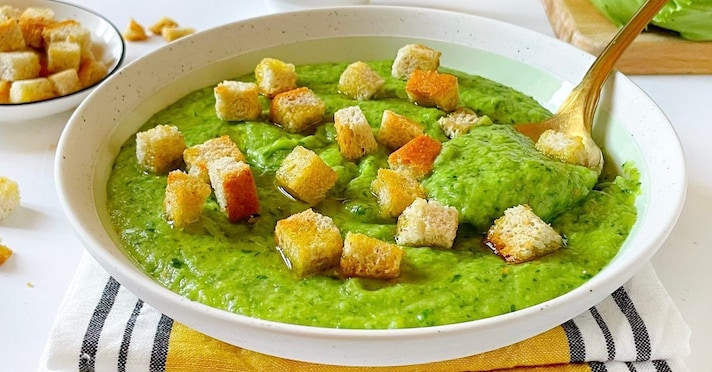
Following the hummus principle, if you really don't like legumes, you can try hiding them under other ingredients, even better if blended together to make creams or soups. You can add a handful of legumes to any recipe: for example, a classic combination is pumpkin and carrot soup, to which you can add a portion of chickpeas and then blend everything together, or potato and leek soup is also excellent, to which you can add delicately flavored legumes like white beans. If, on the other hand, you like legumes but are just bored with them, try adding a handful of crunchy chickpeas at the end, cooked in the oven after flavoring them to taste with a little paprika and rosemary: the result will be fragrant balls perfect for enriching your soups.
6. Try Plant-Based Drinks
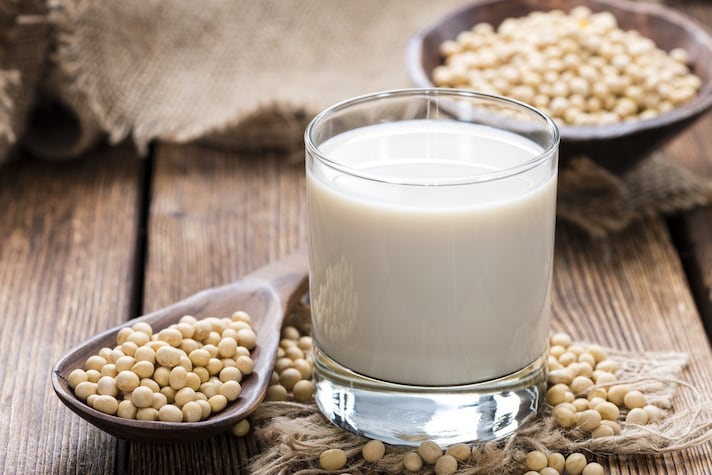
When you think of legumes, you automatically think of foods to eat, but a good way to introduce them into your diet without noticing them too much is to start consuming them in beverage form. If you think about it, many of the plant-based drinks used in vegan diets or by lactose intolerant people are actually legume-based: the most famous is soy milk, but for example, many plant-based drinks, especially protein ones, are made by extracting the proteins of legumes like peas, with the addition of other ingredients that absorb their flavor completely. These types of drinks are perfect for any use, from breakfast to preparing sweet or savory recipes, and certainly an original way to consume legumes without even realizing it.
7. Experiment With Different Legumes
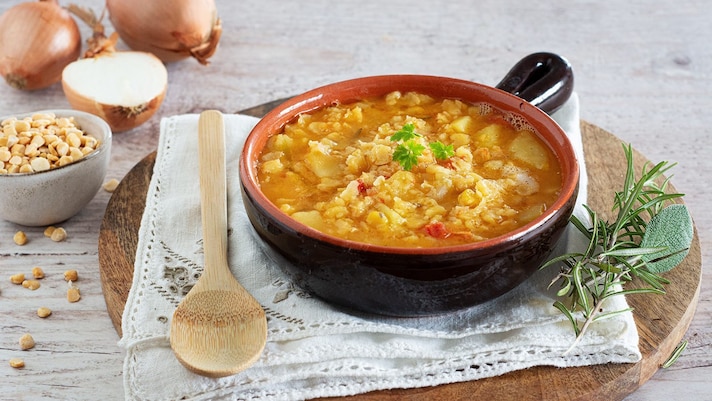
A common problem for many people regarding legume consumption is boredom, or a lack of enthusiasm for always eating the same old, well-known legumes like lentils, chickpeas, and beans. So why not experiment with new ones? There are countless options: there are many varieties of rare legumes, less famous varieties than the classic traditional legumes with flavors that can surprise you, but there are also legumes from other culinary cultures that are now easy to find here too, such as soybeans, which you can find in the form of beans, sprouts, oil, tofu, desserts or plant-based drinks, flour and fermented products, azuki beans, or edamame.
;Resize,width=767;)
